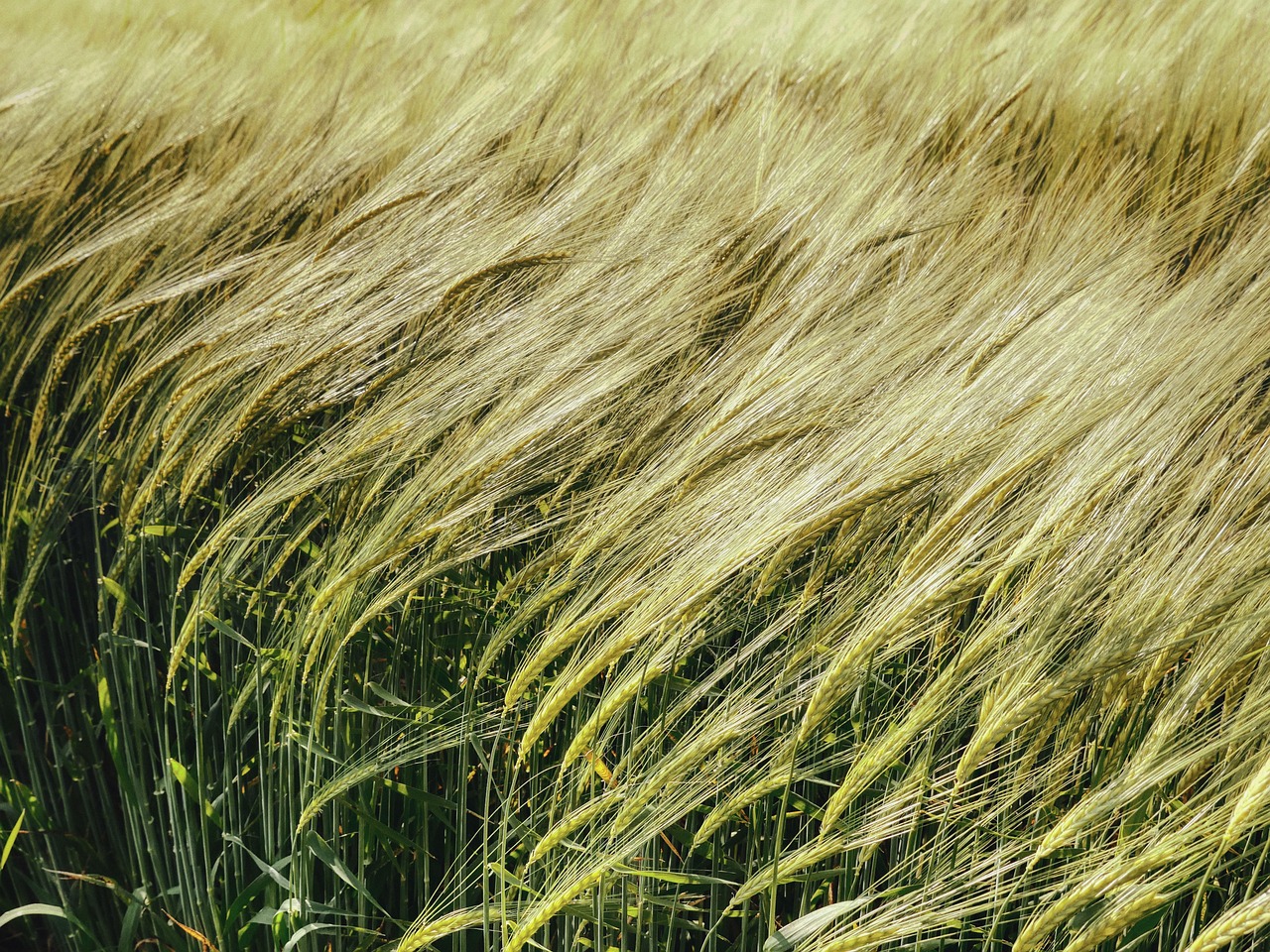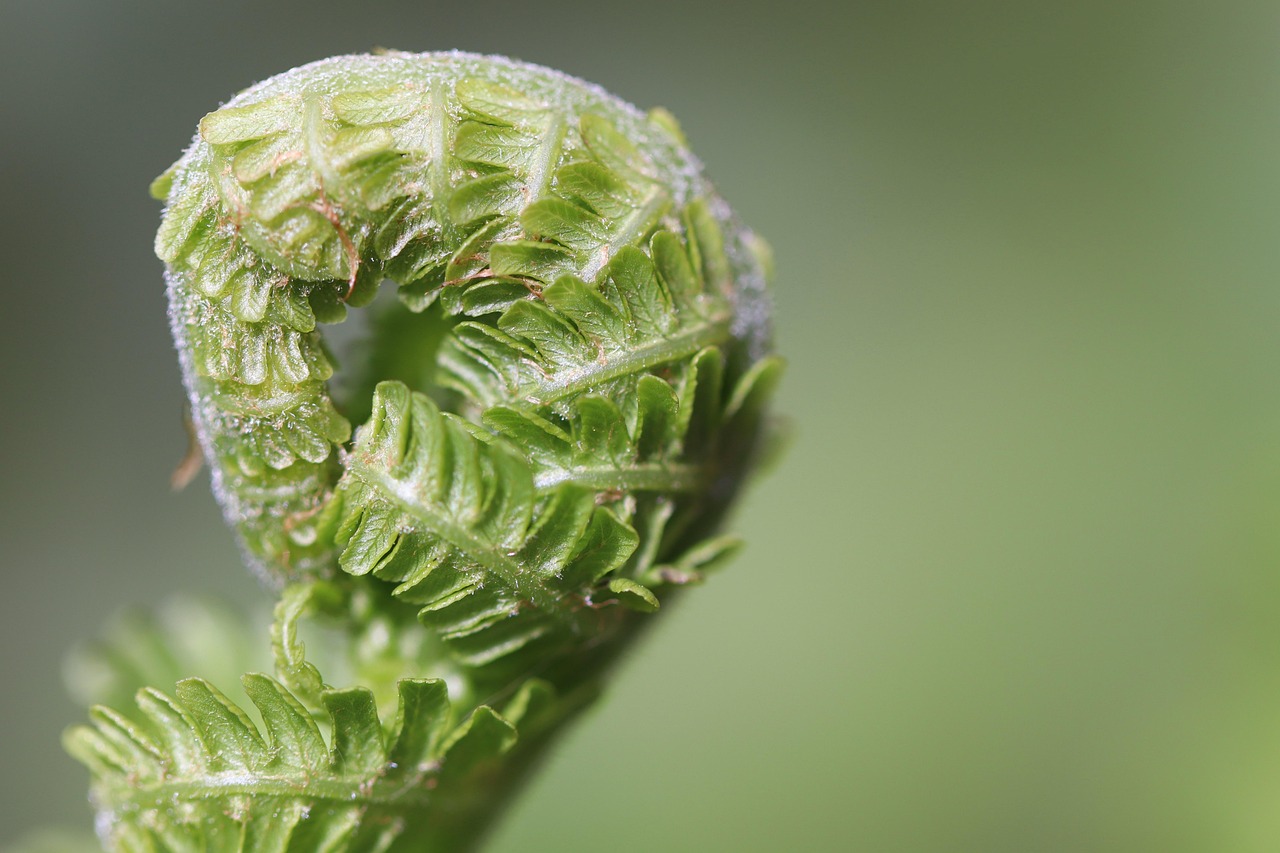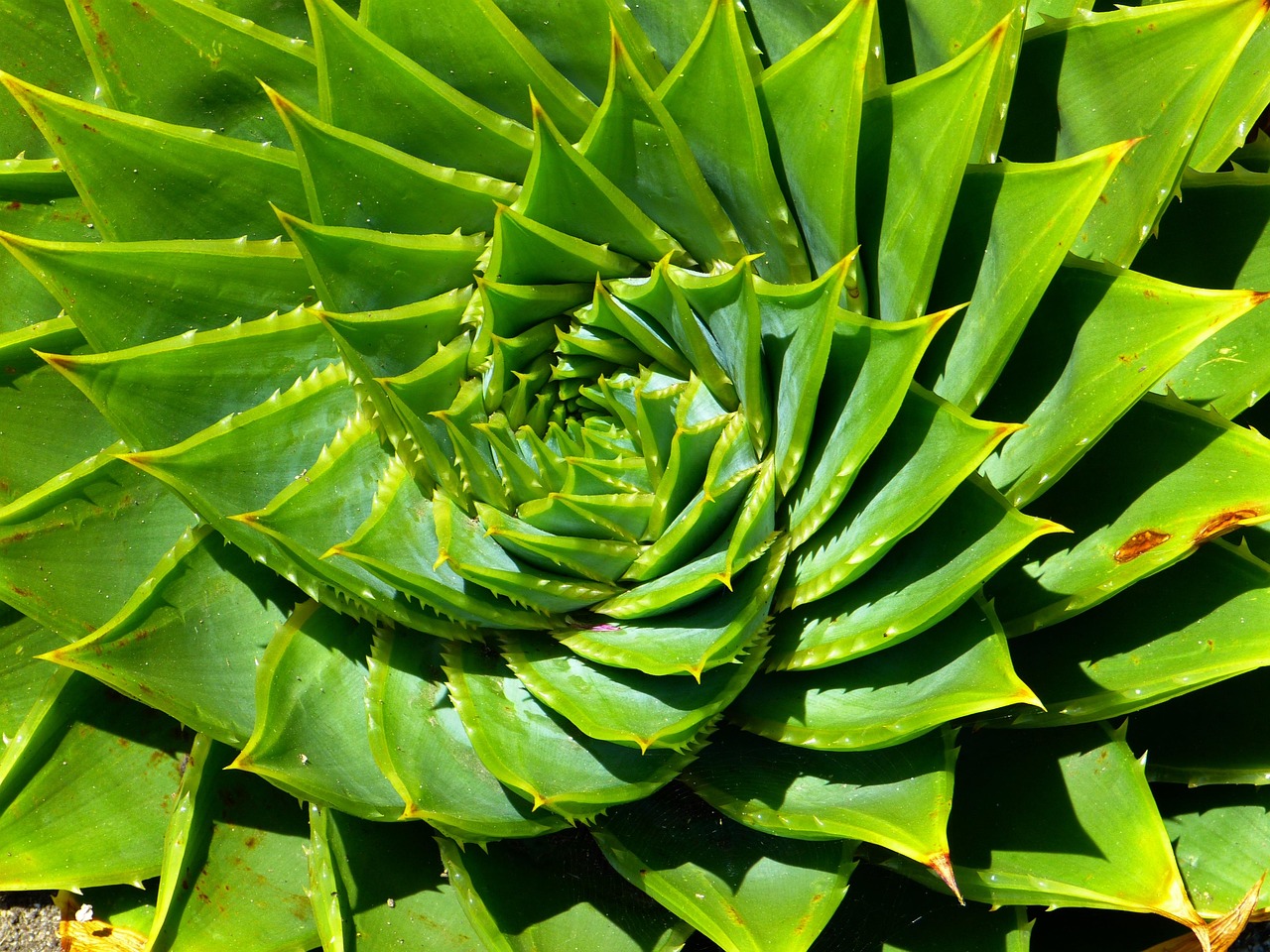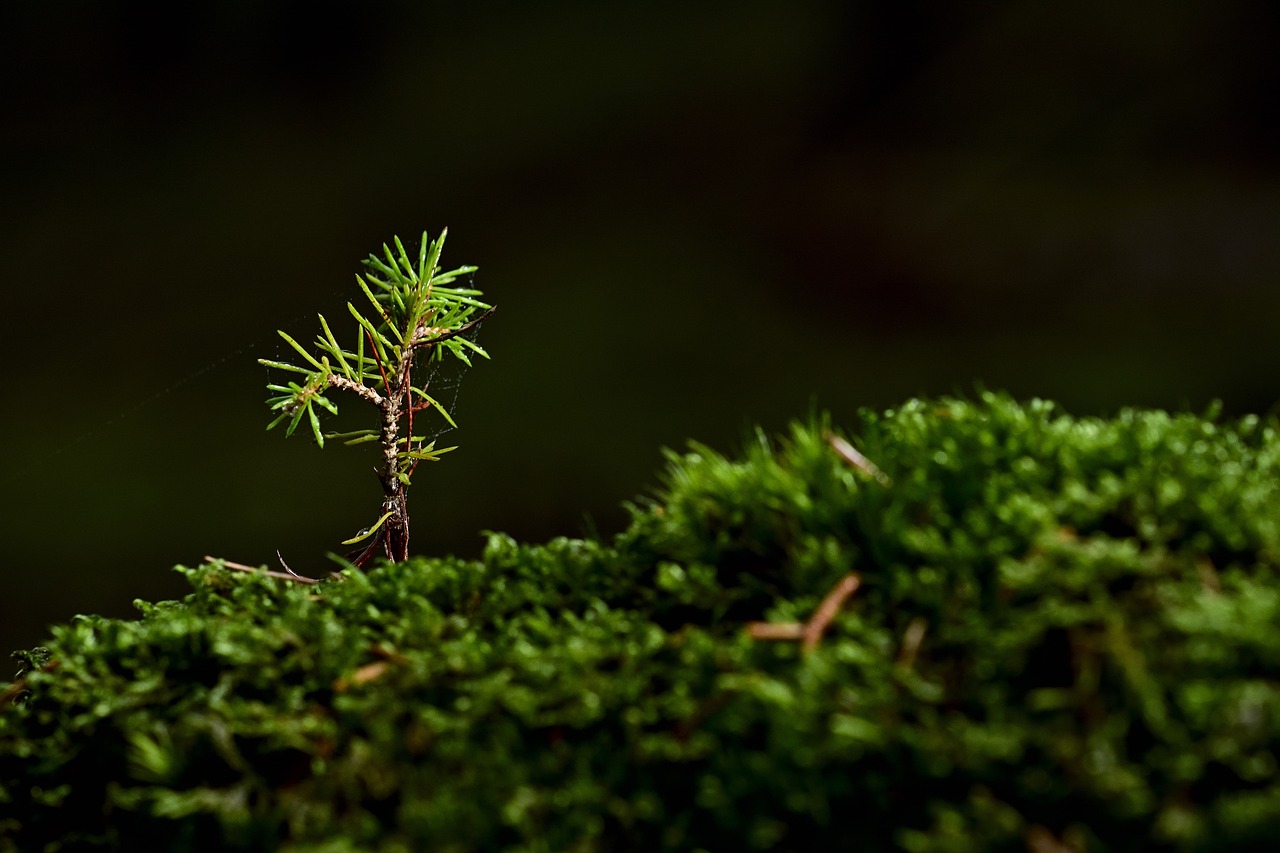Aloe vera is a versatile and hardy succulent known for its numerous health benefits. Growing and trimming this plant properly can enhance its vitality and aesthetic appeal in your home or garden. This guide will help you become proficient in cultivating aloe vera.
Aloe vera is not only popular for its medicinal properties but also for its ease of care. With the right techniques, anyone can grow this resilient plant. Aloe vera thrives in warm climates and can be grown indoors or outdoors. Understanding its needs will help you achieve a lush, healthy plant.

One of the primary advantages of growing aloe vera is the plant’s ability to purify the air. Additionally, it requires minimal water, making it an excellent choice for those who may forget to tend to their plants regularly. Here are some key facts about aloe vera to consider:
| Characteristic | Description |
|---|---|
| Plant Type | Suculent |
| Light Requirements | Bright, indirect sunlight |
| Watering Needs | Every 2-3 weeks |
| Soil Type | Well-draining cactus mix |
| Growth Rate | Moderate |
Choosing the Right Pot and Soil
When growing aloe vera, selecting the appropriate pot and soil is essential for its health. Aloe vera prefers pots with drainage holes to prevent water accumulation, which can lead to root rot. A terracotta pot is an excellent choice because it allows moisture to escape, keeping the roots dry.
For soil, a well-draining cactus mix is ideal. You can also create your own by mixing regular potting soil with sand or perlite. This combination ensures that water does not sit around the roots, providing a suitable environment for growth.
Planting Aloe Vera
To plant your aloe vera, follow these simple steps:
- Fill your chosen pot with the cactus mix, leaving some space at the top.
- Gently remove the aloe vera plant from its original container, being careful not to damage the roots.
- Place the plant in the center of the new pot and fill in around it with more soil, ensuring it is stable.
- Water lightly to help settle the soil, but avoid overwatering.
After planting, place your aloe vera in a bright location but out of direct sunlight for a few days. This will help reduce stress on the plant as it adjusts to its new environment.
Watering and Care Routine
Aloe vera requires minimal watering. It is crucial to establish a watering schedule that respects the plant’s needs. Overwatering is one of the most common mistakes made by novice aloe growers. Here are some tips:
- Allow the top inch of soil to dry out completely before watering again.
- Reduce watering frequency during winter months when the plant is dormant.
- Use room temperature water to avoid shocking the roots.
By following these guidelines for watering and care, you will set your aloe vera up for success and encourage healthy growth.
Sunlight and Temperature Requirements
Understanding the right sunlight and temperature conditions is essential for the healthy growth of aloe vera. This succulent thrives in warm environments and needs adequate light to flourish. Here are some key points to consider:
Light Requirements
Aloe vera prefers bright, indirect sunlight. Direct sunlight can scorch the leaves, causing them to become brown and crispy. Ideal light conditions can be achieved by placing the plant near a window with filtered light. If you notice the plant stretching towards the light, it may be an indication that it needs more brightness.
- For indoor plants, a south or west-facing window is ideal.
- Outdoor plants should be placed in a location that receives partial shade during the hottest part of the day.
- If you cannot provide sufficient natural light, consider using grow lights to supplement.
Temperature Preferences
Aloe vera enjoys warm temperatures, ideally ranging from 60°F to 75°F (15°C to 24°C). It is important to protect the plant from extreme cold and frost, as these conditions can damage its leaves.
- Avoid exposing aloe vera to temperatures below 50°F (10°C).
- During summer months, ensure adequate ventilation if the plant is kept indoors.
- In winter, keep the plant away from drafty windows or heating vents.
Fertilizing Aloe Vera

While aloe vera does not require frequent fertilization, providing nutrients at the right time can enhance its growth. A balanced fertilizer can promote healthy foliage and robust growth. Here are some guidelines for fertilizing your aloe vera:
Types of Fertilizers
Choose a fertilizer designed for succulents or cacti. These types are lower in nitrogen and higher in phosphorus and potassium, which are beneficial for flowering and root development.
- Liquid Fertilizer: Dilute a balanced liquid fertilizer to half strength and apply during the growing season, which typically runs from spring to early fall.
- Granular Fertilizer: Apply granular fertilizer according to package instructions about once every few months during the growing season.
Fertilization Schedule
Establishing a fertilization schedule will help maintain your aloe vera’s health. Here’s a simple guide:
- Fertilize in early spring when new growth begins.
- Apply again in mid-summer to support ongoing growth.
- Avoid fertilizing in fall and winter when the plant is dormant.
Pruning Aloe Vera

Pruning is an essential aspect of maintaining your aloe vera plant’s shape and health. Regular trimming allows for better air circulation and encourages new growth. Understanding when and how to prune will help you keep your plant thriving.
When to Prune
The best time to prune aloe vera is during the growing season, typically in spring or early summer. This timing ensures that the plant can recover quickly from any cuts made.
How to Prune
Follow these steps for effective pruning:
- Use clean, sharp scissors or pruning shears to avoid damaging the plant.
- Cut away any dead or damaged leaves at their base, making sure not to harm healthy foliage.
- If your aloe vera has produced offsets (baby plants), gently remove these by cutting them away from the main plant.
By adhering to these guidelines for pruning, you can keep your aloe vera looking vibrant and healthy while promoting its growth potential.

Common Pests and Diseases
While aloe vera is generally a hardy plant, it can be susceptible to certain pests and diseases. Identifying these issues early can prevent serious damage to your plant. Here are some common pests and diseases to watch for:
Pests
Aloe vera can attract a few specific pests that can harm its health. Here are the most common ones:
- Mealybugs: These small, white, cotton-like insects feed on the sap of the plant. They can weaken the plant, causing yellowing leaves.
- Aphids: These tiny insects can be green or black. They also suck sap from the leaves, leading to stunted growth.
- Spider Mites: Small and difficult to see, spider mites create fine webs on the plant. They thrive in dry conditions and can cause leaf discoloration.
Disease
Aloe vera can also suffer from diseases primarily caused by overwatering or poor drainage. Some common diseases include:
- Root Rot: This disease occurs when the roots sit in waterlogged soil. It causes the roots to decay and the plant to wilt.
- Leaf Spot: Fungal infections can create dark spots on the leaves, often due to excessive moisture or humidity.
Preventing and Treating Issues
Preventative measures can help keep aloe vera free from pests and diseases. Here are some tips to maintain a healthy plant:
Prevention Strategies
- Ensure proper watering practices by allowing the soil to dry out between waterings.
- Keep the plant in a well-ventilated area to reduce humidity and prevent mold growth.
- Inspect plants regularly for signs of pests or diseases.
- Isolate new plants for a few weeks before introducing them to your collection to monitor for pests.
Treatment Options
If you notice any signs of pests or diseases, act quickly to treat the issue. Here are some effective treatment methods:
- Insecticidal Soap: For mealybugs and aphids, spraying insecticidal soap can effectively eliminate these pests. Be sure to cover both sides of the leaves.
- Neem Oil: This natural pesticide works well against a variety of pests. Dilute it according to package instructions and apply every few weeks as needed.
- Repotting: If root rot is suspected, remove the plant from its pot, trim away any decayed roots, and replant in fresh, dry soil.
Propagation of Aloe Vera
Propagating aloe vera is a rewarding way to expand your collection or share with friends. Aloe vera typically reproduces through offsets, also known as pups. These pups grow at the base of the main plant and can be removed for planting.
How to Propagate Aloe Vera
Follow these steps to propagate your aloe vera successfully:
- Wait until the pups are at least a few inches tall and have developed a few roots of their own.
- Using clean scissors or a knife, carefully cut the pup away from the main plant, ensuring you do not damage either plant.
- Allow the cut end of the pup to dry for a day or two before planting. This helps prevent rot.
- Plant the pup in a small pot with well-draining soil, similar to what you use for adult aloe vera plants.
Water lightly after planting and provide bright, indirect sunlight as the new plant establishes itself. With proper care, your new aloe vera will thrive and grow just like its parent.
Common Uses of Aloe Vera
Aloe vera is not only valued for its easy cultivation but also for its numerous practical applications. Understanding how to use this versatile plant can enhance your experience and appreciation for your aloe vera.
Health Benefits
Aloe vera is well-known for its health benefits, particularly its ability to soothe skin irritations. Some common uses include:
- Burn Relief: Aloe vera gel can be applied directly to minor burns to promote healing and alleviate pain.
- Moisturizer: The gel acts as a natural moisturizer for the skin, helping to hydrate without leaving a greasy feel.
- Digestive Aid: Aloe vera juice may help improve digestion and alleviate constipation when consumed in moderation.
Beauty and Skincare
Aloe vera is a popular ingredient in many skincare products due to its soothing properties. Here are some beauty uses:
- Face Masks: Aloe vera can be combined with honey or yogurt to create hydrating face masks.
- Hair Conditioner: Applying aloe vera gel to the scalp may help reduce dandruff and promote healthy hair growth.
- After-Sun Care: Aloe vera is often used in after-sun lotions to soothe sunburned skin.
Tips for Maintaining a Thriving Aloe Vera Plant
To ensure your aloe vera plant continues to flourish, consider these additional tips:
- Rotate Your Plant: Rotating your aloe vera pot every few weeks will help ensure even growth by allowing all sides of the plant to receive adequate light.
- Watch for Signs of Stress: Yellowing leaves may indicate overwatering, while browning tips can suggest underwatering. Adjust your care routine accordingly.
- Keep It Clean: Dust can accumulate on the leaves, hindering photosynthesis. Wipe the leaves gently with a damp cloth periodically.
Final Thoughts
Caring for aloe vera can be a fulfilling hobby that rewards you with both beauty and practical benefits. By following the guidelines for growing, trimming, and propagating this remarkable succulent, you can cultivate a thriving plant that enhances your space and serves various health and beauty purposes.
The key takeaways from this guide are understanding the basic needs of aloe vera, including light, watering, and soil requirements. Regular pruning and attention to pests and diseases are essential for maintaining plant health. Additionally, recognizing the various uses of aloe vera allows you to utilize the plant fully.
Whether you are a seasoned gardener or a beginner, growing aloe vera can be a delightful and enriching experience. With proper care and attention, your aloe vera plant will thrive, providing beauty and benefits for years to come.
Embrace the journey of becoming an expert in growing and trimming aloe vera, and enjoy the many rewards this resilient plant has to offer!
